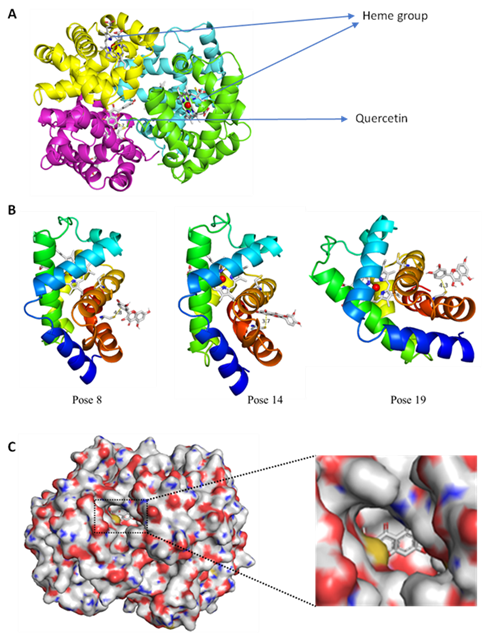Inhibitory mechanisms of polyphenols on lipid oxidation in muscle food: New insights and advances
New publication that summarizes 5 direct and 3 indirect pathways by which polyphenols inhibit heme protein-mediated lipid oxidation in muscle foods and discusses the relation between chemical structures and functions of polyphenols as antioxidants.
Lipid oxidation is a major cause of quality deterioration that decreases the shelf-life of muscle-based foods (red meat, poultry, and fish), in which heme proteins, particularly hemoglobin and myoglobin, are the primary pro-oxidants.
Due to increasing consumer concerns over synthetic chemicals, extensive research has been carried out on natural antioxidants, especially plant polyphenols.
The conventional opinion suggests that polyphenols inhibit lipid oxidation of muscle foods primarily owing to their strong hydrogen-donating and transition metal-chelating activities. Recent developments in analytical techniques (e.g., protein crystallography, nuclear magnetic resonance spectroscopy, fluorescence anisotropy, and molecular docking simulation) allow deeper understanding of the molecular interaction of polyphenols with heme proteins, membrane-derived phospholipids, reactive oxygen species, and reactive carbonyl species; hence, novel hypotheses regarding their antioxidant mechanisms have been formulated.
In this review, five direct and three indirect pathways by which polyphenols inhibit heme protein-mediated lipid oxidation in muscle foods are summarized. Further, the relation between chemical structures and functions of polyphenols as antioxidants are discussed.
The paper is authored by Haizhou Wu, Kathrine H. Bak, Gheorghe V. Goran & Nantawat Tatiyaborworntham.
